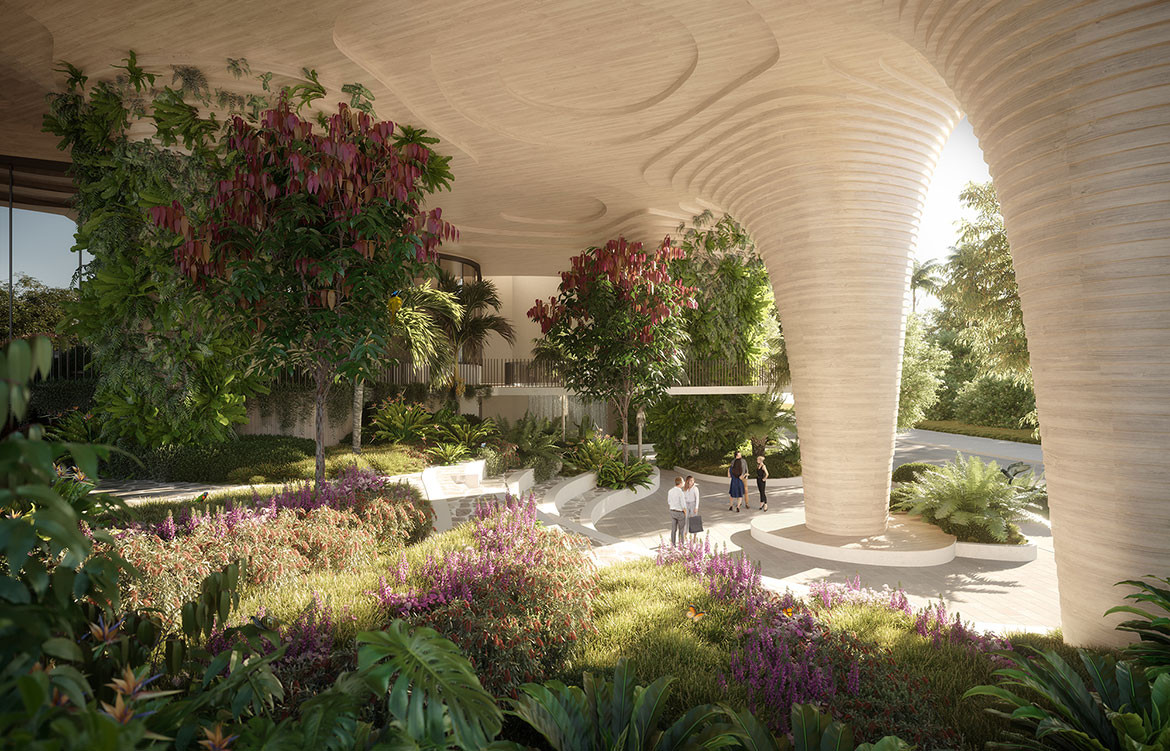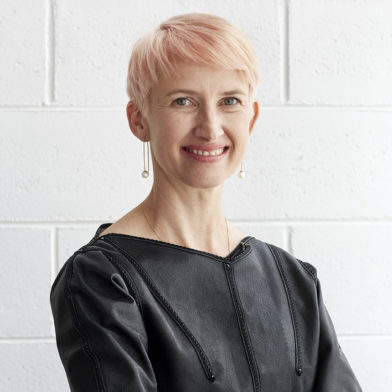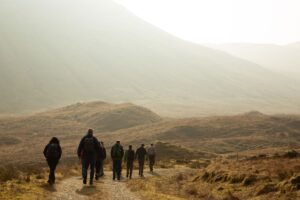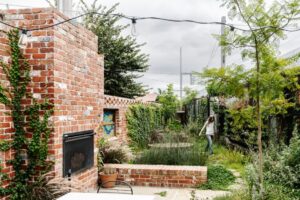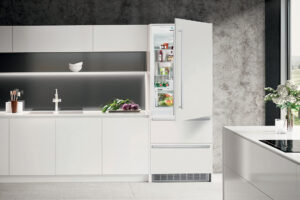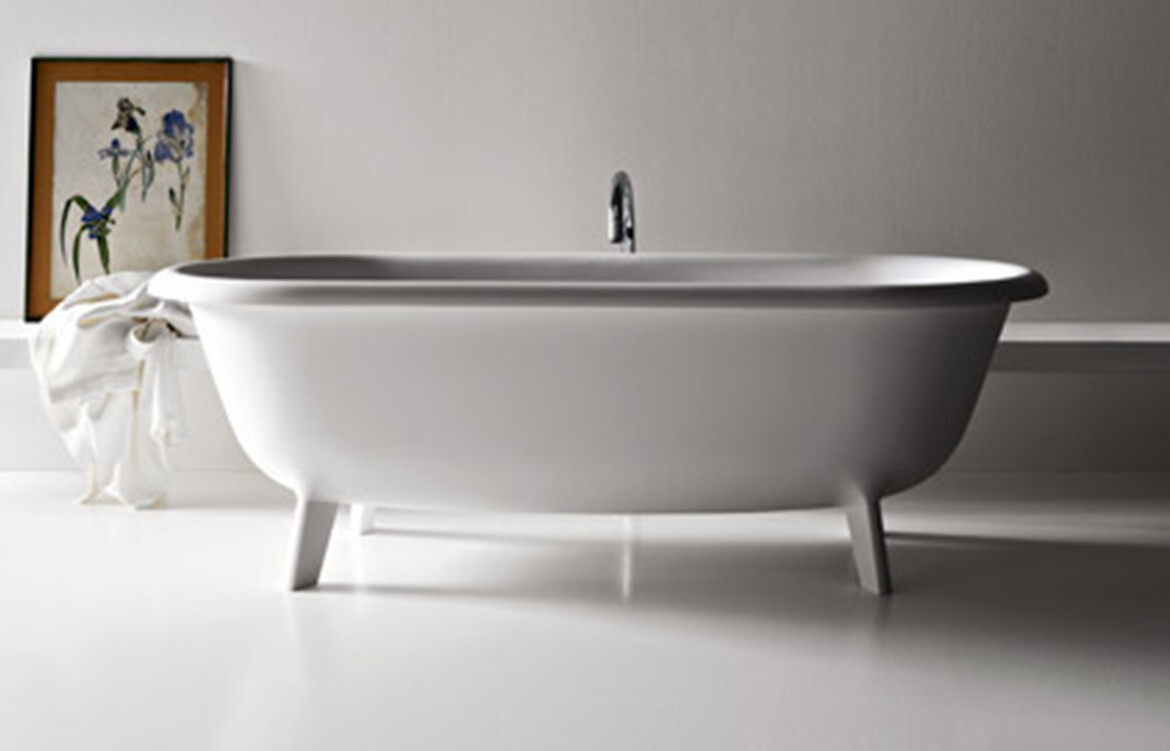“We need to create a world that is livable for our next generation,” says Koichi Takada. And the generations after that.
It took just 200 years, since the beginning of the industrial revolution, for humans to catapult the planet into a state of climate emergency. And it will require some miracle maneuvers of pure imagination and architectural prowess to redirect us onto a path of remediation.
Koichi has made it his purpose to lead by example, with a philosophy of conscious architecture and design derring-do. Here he speaks with Indesign editor, Alice Blackwood, and V-ZUG, as part of the V-ZUG Sustainability Chronicles, a series of articles exploring eco-conscious architecture and design for longevity.

Alice Blackwood: Tell us about Koichi Takada Architects’ philosophy of conscious architecture?
Koichi Takada: For us the purpose is really, how can we approach design in constantly reversing the problem with climate change, within a short timeframe? What it [largely] comes down to is performance through innovation in technology. There’s a lot of ideas and inspiration that we can draw from – not just from the beautifying part of architecture, but in terms of its performance. And that architecture and design is not just judged based on beauty or aesthetics, but how it performs. That’s the philosophy behind our conscious architecture.
AB: Can you put that into context with one or two projects you’ve worked on?
KT: Urban Forest is probably Australia’s greenest building and could possibly be the greenest building in the world. [In this project] there’s a lot of literal sense of greening happening. It would possibly achieve a carbon neutral building in a high-rise form. And then also in terms of the greening, the coverage [of 1000 trees and about 259 native species of plants] could take 100 cars off the road each year. So the plants give back to the community and also equally create a sense of community within the building.
[But the point isn’t whether or not] we’re the greenest. The idea is to drive it, to create that positive impact, and use that leadership to empower other people to join in.

The Sunflower House is, simply put, a carbon positive dwelling [designed around a dynamic architecture model]. We were approached by Bloomberg Media to put forward this design. I remember visiting sunflower fields in a particular region of Italy. In the morning, they all faced me. We ended up going back to the same field at the end of the day – they were all looking away, following the sun. And I thought how wonderful, that nature has this dynamic response.
So the rooftop turns, following the sun. It needs a perpendicular position to store as much energy as possible, so this gives you the optimum angle. The living room can equally turn so, let’s say on a summer day if it’s too hot, you turn away from the sun and create shade. Equally in the winter, if it’s too cold you follow the sun.
There is the natural ventilation, insulation, and so on. So essentially we trying to do it without air conditioning, or minimum means of mechanical ventilation. It is all natural.
AB: Tell us about your perspective on daring to design, and your commitment to excellence in innovation?
KT: I think it’s a very important part of humanising architectural design. It’s really that we need to preserve the humanness as much as possible. In other words, the emotion that we can portray or imagine we’re translating into design.
There are so many ways in which computers help us to design. I think that imagination and conviction are the part that will still keep our designs very much within the human territory.


AB: When we talk about longevity in respect to V-ZUG’s design approach, it’s with a view to future-proofing every aspect of a product – from production techniques, through to functionality and aesthetic. What does the term ‘longevity’ mean to you?
KT: I think longevity, simply put, is about caring. We need to start by caring for what we do. As I get older, I’m reminded that we need to plan things for other people. When we were young, it was really about ourselves. But as we mature, we learn that what we do is, in fact, not for ourselves, it’s for our children and for future societies.
AB: What are one or two very simple things that we can do to contribute to a more conscious existence?
KT: I think it’s more nature-based – the trendy word is plant-based. We talk about our lifestyle, but it’s also about diet. Reducing our diet carbon footprint. [Based on this point of view there is a case for] – I want to say – plant-based design or plant-based architecture. [That idea of plant-based living] could translate into how we design and how we create the space or the city of tomorrow.
I also go car-free as much as I can. I’m a passionate cyclist [and] I try to walk every day. Again, its [about] lifestyle choice: slowing down, quality of living, enjoying the journey, craving more experiences in your life. This idea of slowness can translate into design and thinking in many ways. And that’s a really great way to, I suppose, summarise how we could contribute to a conscious existence.
This article was made possible thanks to V-ZUG. Delve into the V-ZUG Sustainability Chronicles archive for more articles on conscious living and sustainable design, click here. And watch this space for future projects by Koichi Takada Architects, and V-ZUG.
Koichi Takada Architects
koichitakada.com
V-ZUG
vzug.com


